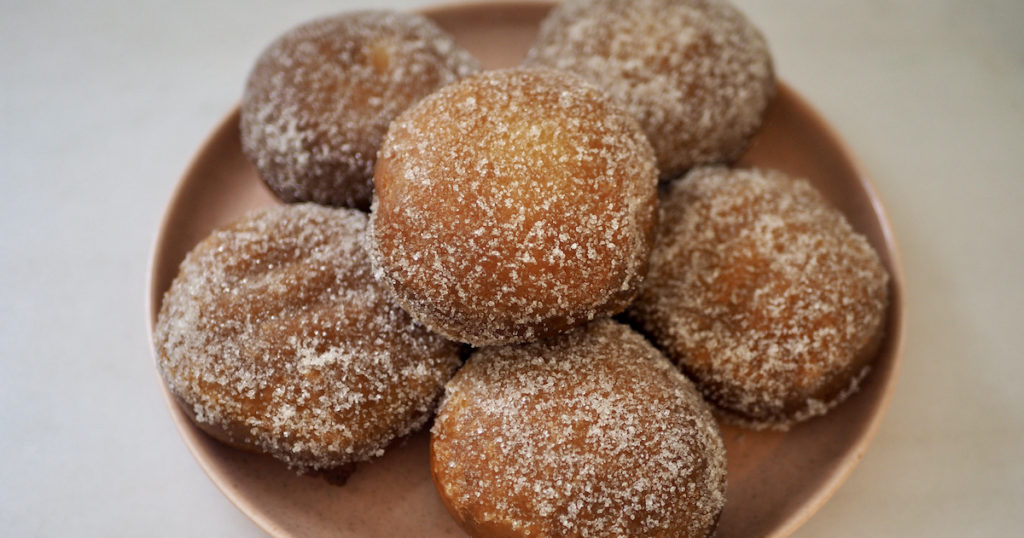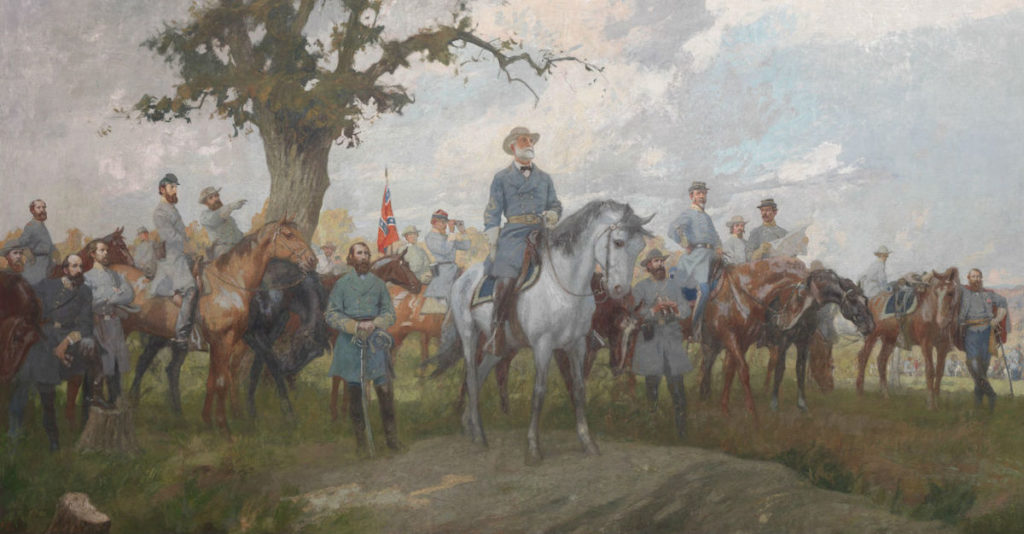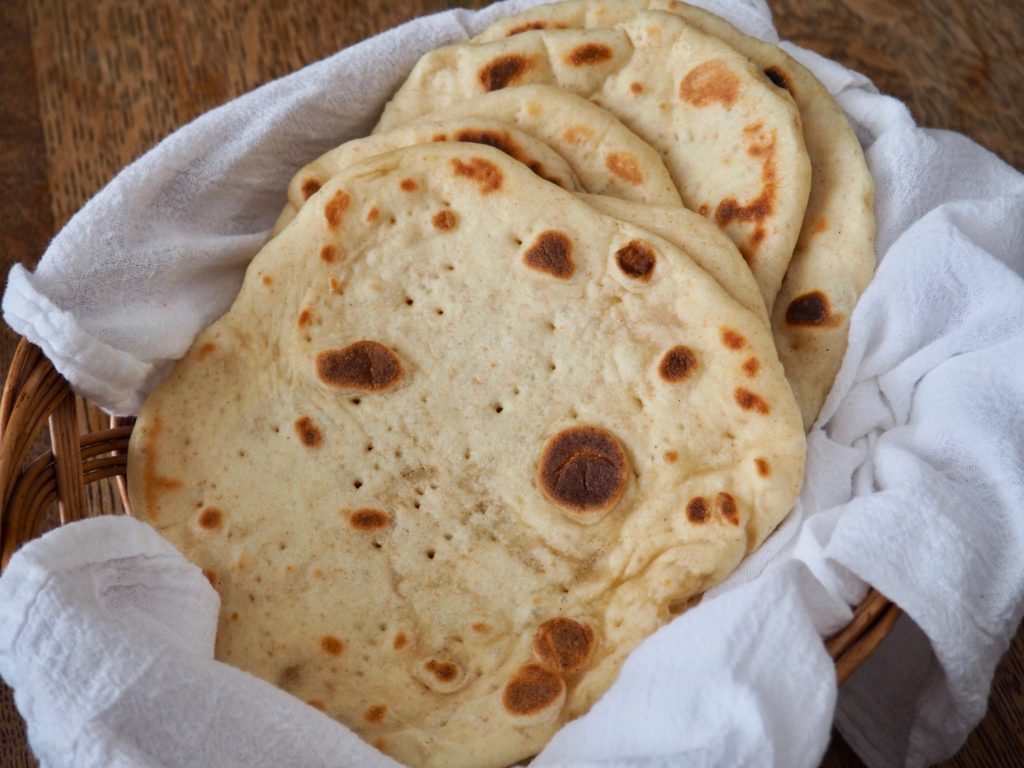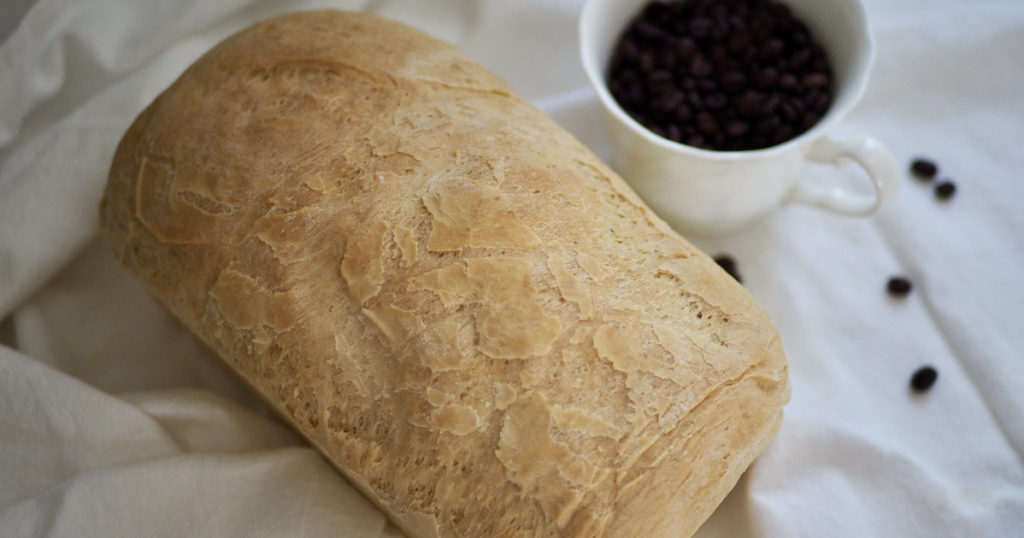
Union Army Rations | Recipes from American History
The reasons the Union won the War Between the States are complicated at best. The Confederacy actually won many of the battles, but their lack of supplies became a serious handicap to the soldiers ability to fight. The Union soldiers destroyed much of the Confederacy’s supply chains and the southern soldiers were forced to forage to find any food. Their poor diet of hardtack and parched corn did little to strengthen the soldiers and many starved.
The Union soldiers, on the other hand, were probably one of the best fed armies in history. In preparation for war, the North had set up bakeries and supply chains up and down the length of the US, which became very useful as the War progressed. When the men were near a town they had daily rations of coffee and crusty fresh bread, as well as meat they had “borrowed” from Southern plantations.
While not fed like kings all the time (the Union army did fight in areas where it was harder to get food past enemy lines), they were by no means starving like the Confederates. But there was one thing the Union soldier wanted that he was not rationed. In fact, one could sometimes see a Union soldier meet his enemy in the dark of night to trade his coffee ration for the one thing his Confederate brother had in good supply; Southern grown tobacco.
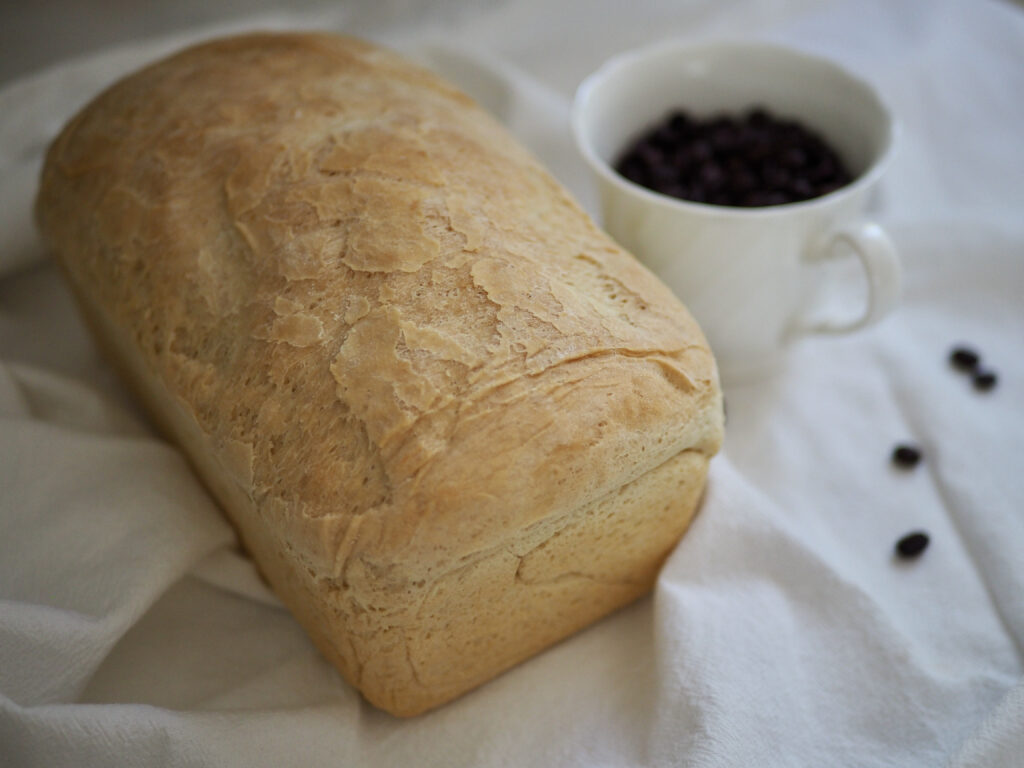
Union Army Rations
- 4 c. flour
- 1 c. + 1/4 c. warm water
- 2 1/4 tsp. active dry yeast
- 1 Tbsp. sugar
- 2 Tbsp. neutral oil, like sunflower or grape-seed
- 1 1/4 tsp. salt
- In a small bowl combine 1/4 c. water, active dry yeast, and sugar. Let sit five minutes or until yeast is frothy. In a large bowl or bowl of stand mixer, pour in flour, oil, and salt. Add the yeast mixture and 1 c. of water and stir to combine. Once the dough comes together, pour out onto a lightly floured surface and knead 8-10 minutes, until smooth and elastic. (If you are using a stand mixer, put the machine on medium-low and knead for 5-6 minutes.)
- Place dough in a lightly oiled bowl, cover with a dishcloth, and let rise in a warm place for 1 hour or until doubled in size. Grease a 8 1/2” by 4 1/2” loaf pan and set aside. After dough has finished its first proof, place on lightly floured surface and roll into an 8” by 9” rectangle. Starting at the short end, roll the dough tightly into a log and place in the loaf pan seam-side down. Cover with a dishcloth and let rise in a warm place for 45 minutes.
- 30 minutes into the dough’s second proofing, preheat the oven to 375 F. After the dough has risen, place in oven and bake for 35-45 minutes. You will know it’s ready when the top sounds hollow when tapped or the internal temperature reads 195 F. Remove loaf from oven and let sit in its pan for 10 minutes, then remove from pan and let rest on a wire rack until cooled.

